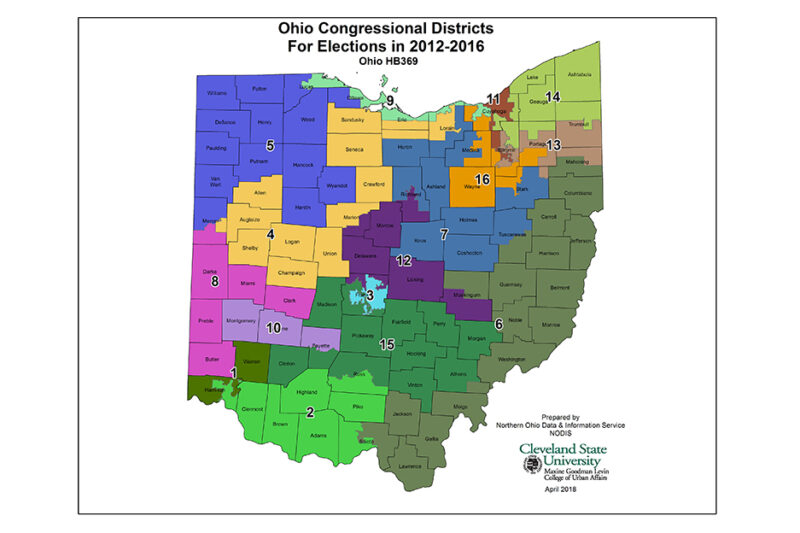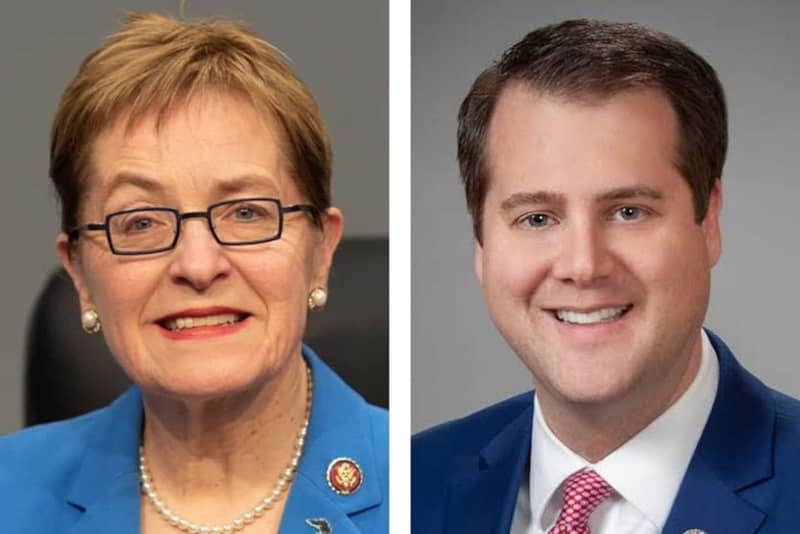The 2024 general US House Ohio District 9 General Election was a marked liaison, featuring a competitive nationality between lengthy-serving Democratic incumbent Marcy Kaptur and Republican foe Derek Merrin. This election not just underscored the ripening political terrain of the district but again underscored the fiery soul of American democracy. In addition to the candidates’ unique platforms, the race drew nationwide attention, with both parties investing heavily in resources and time to secure a win. The election’s result not simply shaped regional governance but even contributed to the wider national political history of the year.

Historical Context of US House Ohio District 9 General Election
US House Ohio District 9 General Election, encompassing areas along Lake Erie, including Toledo and regions of Western Cleveland, has a wealthy political history. Established in the 19th century, it has lived a Democratic defense for decades, chiefly due to its industrial ground and unionized workforce. Marcy Kaptur, preferably selected in 1982, has been a prominent figure, evolving the longest-serving woman in the history of the U.S. house ohio district 9 general election, 2024. Over the years, her supervision has got notable federal buy to the district, addressing challenges such as industrial decline and environmental issues. The district’s historical context set the backdrop for a tightly contested 2024 race.
Candidates and Their Campaigns
In the 2024 election, the district witnessed a fierce contest between Marcy Kaptur and Derek Merrin. Kaptur, known for her advocacy for struggle rights and financial development, emphasized her allegiance to position growth, manufacturing, and renewable energy. Merrin, a state instance endorsed by ex President Donald Trump, campaigned on lowering taxes, increasing fiscal transparency, and promoting school choice. Beyond their policy differences, the candidates showcased distinct campaign styles. Kaptur’s approach highlighted her extensive legislative experience, while Merrin focused on grassroots mobilization, targeting areas where Republican support had grown in recent years. This dynamic competition captured the attention of voters and analysts alike.
Campaign Strategies and Voter Engagement
Both candidates employed robust campaign strategies to contend voters. Kaptur focused on her ample experience and serious ties to the precinct, highlighting her grinds in blocking federal accounts for local schemes. Merrin targeted the district’s shifting demographics, appealing to rural constituents and emphasizing conservative values. The campaigns utilized various platforms, including social media, town halls, and community events, to reach a broad audience. Additionally, both campaigns made significant use of digital advertising and voter of US House Ohio District 9 General Election outreach programs. From engaging with younger voters to addressing concerns specific to key demographic groups, the strategies employed were both diverse and highly targeted.
Key Issues Influencing the Election
Several pivotal issues shaped the election discourse. Economic concerns, particularly job creation and the revitalization of manufacturing, were at the forefront. Healthcare affordability and access also remained critical topics. Additionally, debates over education policies, including school choice and funding, played a significant role. The candidates’ differing stances on these issues provided voters with clear choices aligning with their priorities. Beyond these, environmental concerns, infrastructure development, and public safety emerged as secondary but still impactful topics. These pressing issues resonated differently across various parts of the district, reflecting its diverse urban and rural composition.
Voter Turnout and Demographics
The 2024 election saw a notable voter turnout in US House Ohio District 9 General Election. The district’s demographics, with a mix of urban and rural populations, presented amazing challenges and options for both campaigns. Efforts to mobilize voters enclosed targeted outreach to myriad communities, addressing specific concerns and prodding civic participation. The urban areas tilted heavily Democratic, while the rural parts leaned Republican, resulting in a geographic and ideological divide. Both campaigns invested significantly in understanding these dynamics, leading to innovative approaches to voter mobilization. The engagement efforts also reflected broader trends in American politics, where targeted strategies increasingly influence election outcomes.
Election Results and Immediate Reactions
The election finished with Marcy Kaptur securing victory by a slim margin, ushering by approximately 2,300 votes, or 0.7%. This offshoot narrowly bypassed an automatic recount, which would have been triggered by a margin of 0.5% or less. Derek Merrin conceded the race, acknowledging the substantial financial effort from Democrats, but praised his team’s competitiveness. Kaptur’s victory was celebrated by her supporters, who emphasized the significance of experience and consistency in leadership. On the other hand, Merrin’s campaign meant near results as a sign of a shifting political ripple in the ward, signaling likely opportunities for Republicans in the fate.
Implications for Future Elections
The close race in US House Ohio District 9 General Election 9th District reflects broader national movements of increasing competitiveness in districts traditionally dominated by one party. It highlights the extent of addressing constituent concerns and adapting to demographic shifts. Both parties may glean insights from this election to inform strategies in future contests, emphasizing the need for responsive and dynamic campaigning. For Democrats, maintaining strong connections with their base while addressing emerging issues will be crucial. For Republicans, the election highlights the potential to expand their influence by building on current gains in the ward. These dynamics will assumably shape the 2026 and 2028 ethnicities.
Conclusion
The 2024 public election in Ohio’s 9th Congressional District stood as a testament to the vitality of democratic processes. The near-contested race between Marcy Kaptur and Derek Merrin highlighted the district’s evolving political topography and the integral importance of addressing constituent needs. As the district moves onwards, the election serves as a reminder of the power of voter engagement and the ever-changing dynamics of American politics. The outcome, while decisive, leaves open questions about the district’s future political direction, ensuring its continued significance in the national political arena.
